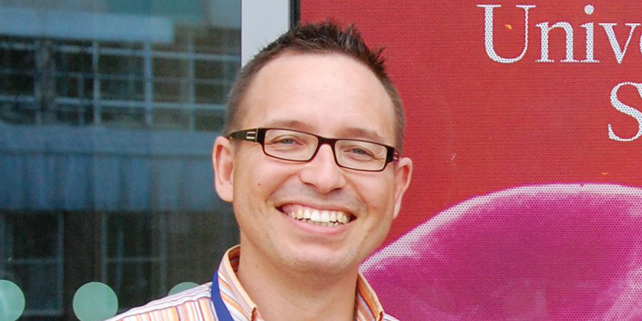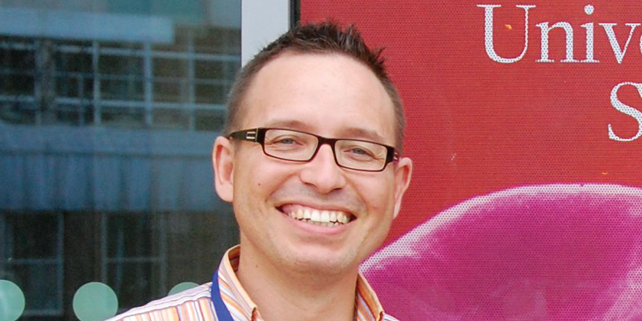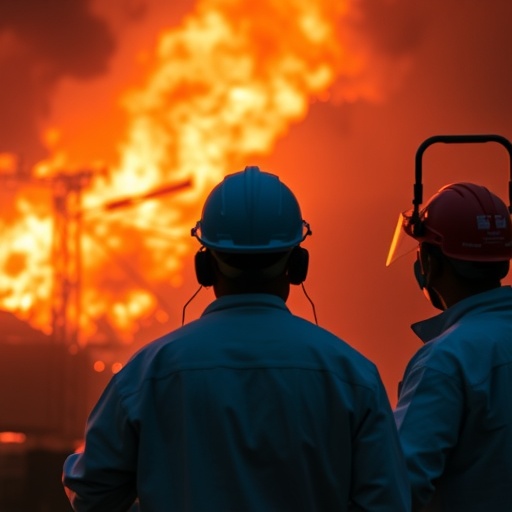Scientists have discovered a new way to look for ageing cells across a wide range of biological materials; the new method will boost understanding of cellular development and ageing as well as the causes of diverse diseases.

Frustrated by the limitations of commercially available biomarkers – researchers led by The University of Manchester’s Professor Paul Townsend and senior author of the resulting paper, and honorary professor at Manchester, Professor Vassilis Gorgoulis, have developed a universally applicable method to assess senescence across biomedicine, from cancer research to gerontology.
Cellular senescence is a fundamental biological process involved in every day embryonic and adult life, both good – for normal human development – and, more importantly to researchers, dangerous by triggering disease conditions. Up to now available senescence detecting biomarkers have very limited and burdensome application. Therefore, a more effective, precise and easy-to-use biomarker would have considerable benefits for research and clinical practice.
“The method we have developed provides unprecedented advantages over any other available senescence detection products – it is straight-forward, sensitive, specific and widely applicable, even by non-experienced users,” said Professor Townsend.
“In addition to helping researchers make significant new breakthroughs into the causes of diseases – including cancer – through more effective understanding of senescence in cells, the new process will also aid the impact of emerging cellular rejuvenation therapies.
“By the better identification – and subsequently elimination of – senescent cells, tissues can be rejuvenated and the health span extended.”
The research on the new methodology – published as ‘Robust, universal biomarker to detect senescent cells in biological specimens’ in the journal Ageing Cell – has led to two pending UK patents.
###
Notes to editors
Interviews on request
Follow @UomNews on Twitter
The latest media videos are on our YouTube page
The latest news and coverage on Google+
A record of the University in the news is on our Scoop.it page
Media Contact
James Bates
[email protected]
01-612-758-257
@UoMNews
http://www.manchester.ac.uk
The post New method to detect aging cells developed by researchers appeared first on Scienmag.





